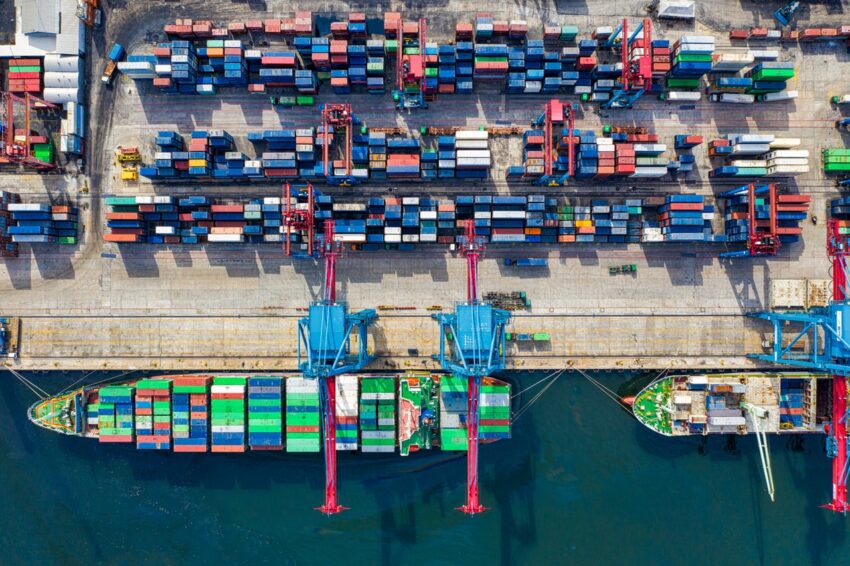
February 20, 2020 – In a report issued on February 19, S&P Global Ratings downgraded its U.S. ports outlook from stable to negative.
While noting that the U.S. port sector is inherently volatile and impacted by business cycle fluctuations, the unexpected black swan that is the coronavirus will likely reduce exports (thus reducing container volume at many U.S. ports), increase uncertainty regarding Asian trade and may introduce longer term supply chain shifts that “will produce winners and losers” and “dampen volumes and revenues at some ports”.
Assuming the outbreak is contained globally in March 2020, S&P expects Chinese economic growth in Q1 2020 to slow 70 bps to 5% (from 5.7% forecast previously). China accounts for nearly 7% of total U.S. exports in 2018 or 0.6% of U.S. GDP. 21% of U.S. imports are from China.
On the bright side, S&P noted that Phase 1 of the U.S. and China trade agreement is “mildly positive for global trade, GDP growth and credit”.
The expected passing of the U.S.-Mexico-Canada (USMCA) trade deal, still pending ratification by Canada, will also neutralize any trade fallout between U.S. and its large North American trade partners.
Based on S&P data, U.S. ports with the highest exposure to China import/exports include Long Beach (55%), Los Angeles (48%), Seattle (43%) and Tacoma (45%). Long Beach-Los Angeles experienced a 10% reduction in TEU traffic in 2018-2019, according to S&P.
Contact Andy Gem at AGem@buymuni.com.



